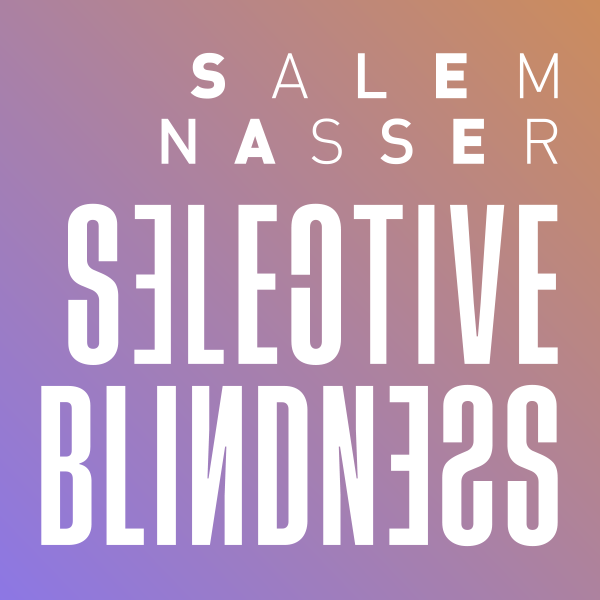The Prophet and the Clans of Mecca
How tribal and clan codes influenced the early days of Islam, resisted the new religious message, marked the succession to the Prophet, and shaped the future of Muslims...
In my most recent text published here, titled "Dialogue, Civilizations, and the Arab Being in Brazil" (those who haven't read it can find it here), I stated, toward the end of a reasonably long text, the following:
"If we imagine that, as individuals, we are like quartz, that is, yes, we have something in common with humanity, since quartz is everywhere, and therefore we are not necessarily special, there remains the fact that each of us is inserted in a specific formation and around us there is a layer of basalt and, to some extent, this layer manages to infiltrate, to penetrate the heart of the quartz, while simultaneously serving as protection and envelope.
I sometimes think of the question of identity as this tension between what we are regardless of our surroundings, that desire for differentiation, the quartz trying to protect itself from the invasion of what surrounds it, from the basalt, with the perception that, at the same time, without the protective layer constituted by the basalt, it, quartz, would not be quartz, would not be anything.
So, how would it be possible to define individual identity by cutting ties with the protective layer that actually helps shape its contours and features? There is a necessary balance. If the unit allows itself to be totally invaded, it loses its capacity for differentiation, everything inside becomes basalt and there is no quartz, if someone is totally invaded by the surrounding collective they are nothing but part of the collective, but if they do not have the protective layer they are also nothing. This tension between the individual and what surrounds them is, for me, the great question regarding identity."
I was referring to the work of artist Denise Milan, with stones, and to the image she invoked about quartz and its development while covered by a layer of basalt.
As I mentioned when publishing the text, it also dialogues with the series on "The Arabs" that is composing my Never-ending Book on the Middle East, whose most recent chapter, "Peoples, Tribes, and the PROPHET," you can find here.
The excerpt above, specifically, seems to me to make the connection with the theme of tribes, clans, families, and the values and customs of the Arabs. In one of these previous chapters, I referred to the phrase "my brother and I against my cousin; my brother, my cousin, and I against the foreigner" to offer an image that strongly represents the bonds of solidarity between members of tribes and clans, what Ibn Khaldun called `assabyia.
The Collective
The image, and the discussion of it that I included above, attempt to translate the issue of identity, specifically Arab identity, from my point of view, as someone who has thought about it and also lived it. The fundamental drama can be expressed as follows: if there is no collective—represented by the layer of basalt—that surrounds and protects us, we have no way of becoming ourselves—the individual quartz; at the same time, however, if there is no space for the individual to differentiate from the collective that surrounds them—if the basalt invades the space where quartz would form—there is no way to differentiate one from the other.
It was clear in the argument that, among Arabs, the collective weighs more, perhaps much more, than seems to be the case in the West and in modernity. Among the Arabs of the Prophet's time, even more so.
I was talking about identity, but now I add another dimension of the same image, perhaps even more appropriate for approaching today's theme of clans and tribes in the Prophet's time. This other dimension has always appeared in my discourse and in my thinking as a safety net. I thought of my extended family, my surroundings, and, to some extent, Arabs and Muslims as constituting a network that would contain my fall if I let go of the trapeze or lost my balance on the tightrope. Moreover, they constituted protection against the foreigner and their threats.
Well, the heritage of the ancient Arabs seems to traverse the centuries...
Why do I say all this? Because I see these dynamics operating strongly in the life of the Prophet of Islam, before and after the prophecy, and continuing to operate after his death. And why is this especially interesting? It is because Islam would have come, in principle and according to the most common accounts, to undo the ancient codes and undo the differences between human beings, recognizing only the greater or lesser credit of individuals according to their faith and conduct.
The Clans of Mecca
At this point, we already know that the tribe of Quraysh (Quraysh) was predominant in Mecca, even though there were communities and individuals belonging to other tribes there.
Thus, when speaking of the various clans of the city, and the distribution of tasks and power among them, the reference is made to families, clans, descendants of the same ancestor with whom Quraysh would have begun. We are therefore talking about the various Qurayshi clans.
Making the reservation that the list of clans suffers some variation according to the source, I say that there is reasonable consensus about which would be the main ones and about their relative importance. In mentioning them, I choose to use a common term for all, banu, which essentially means children or descendants.
Keep reading with a 7-day free trial
Subscribe to Selective Blindness by SALEM NASSER to keep reading this post and get 7 days of free access to the full post archives.






